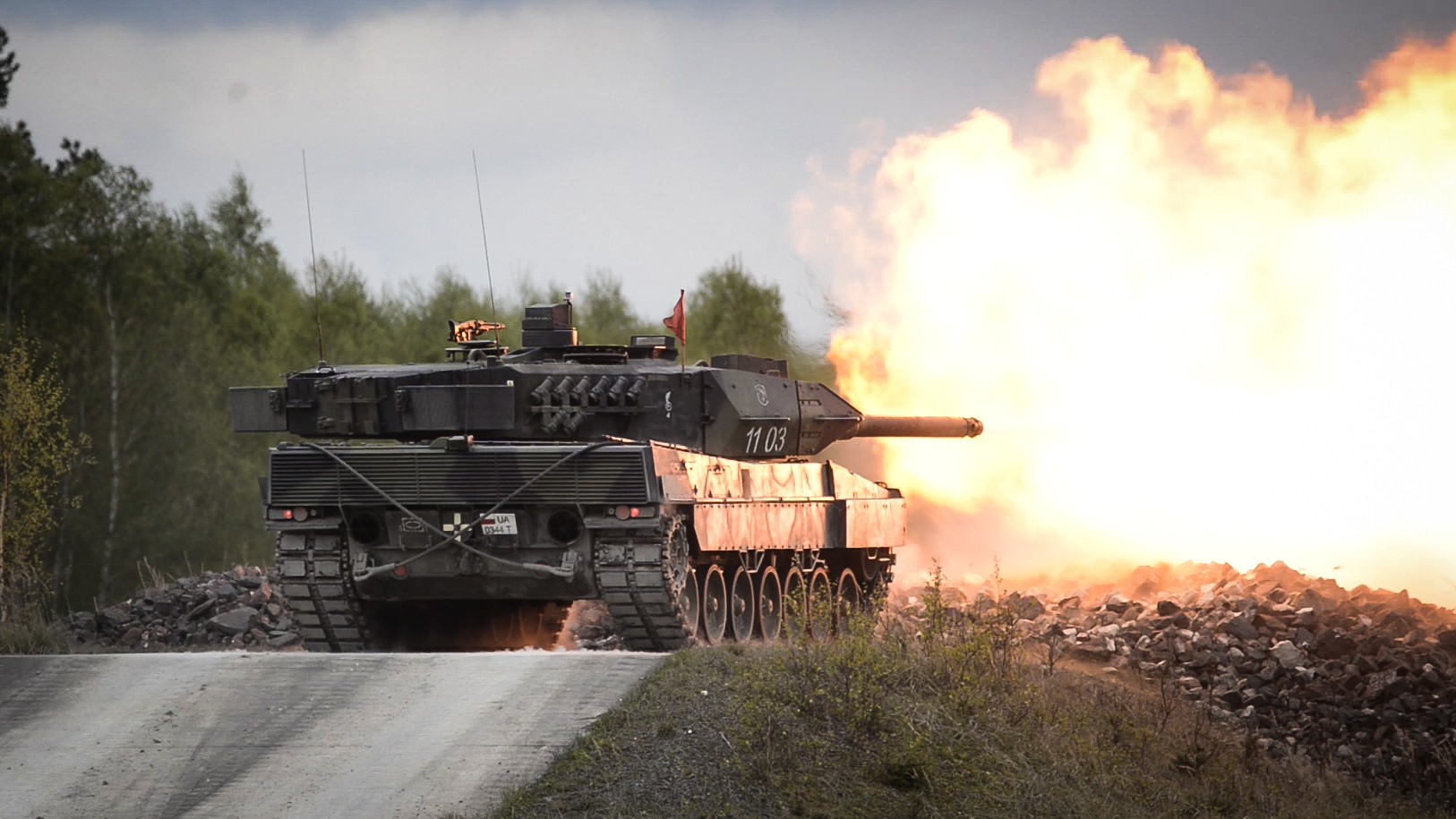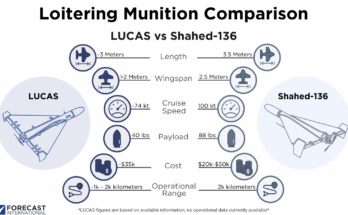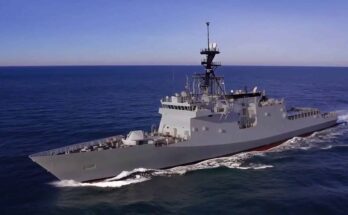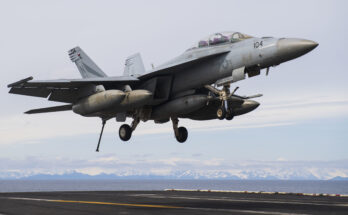
Europe’s quest for greater strategic autonomy on the battlefield took a tangible step forward with the formal announcement of Project MARTE (Main ARmoured Tank of Europe), a two-year design study to create a brand-new main battle tank (MBT) system tailored to tomorrow’s threats. The program is led by MARTE ARGE GbR, a 50/50 joint venture between KNDS Deutschland and Rheinmetall Landsysteme, and backed by 11 European defense ministries.
The consortium unites 51 legal entities from 12 EU member states plus Norway, ranging from prime contractors KNDS, Rheinmetall, Leonardo (Italy), Indra Sistemas (Spain) and Saab AB (Sweden) to niche SMEs such as Estonia’s Cafa Tech and Belgium’s FN Herstal. Each prime will steer one of MARTE’s five technical work packages, covering lethality, protection, mobility, electronics and systems integration.
MARTE received a €20 million grant from the European Defence Fund (EDF)—part of a €1 billion package the European Commission awarded in May 2024 to 54 collaborative projects, two of which focus on future MBTs. Deliverables include a full system architecture, technology demonstrator concepts and a roadmap for follow-on prototyping.
Beyond EU money, the project enjoys letters of support from the defense ministries of Germany, Belgium, Spain, Estonia, Finland, Greece, Italy, the Netherlands, Norway, Romania and Sweden—a coalition that signals broad demand for a common European tank to replace aging Leopard 2, Leclerc, Ariete and other fleets in the 2030s.
MARTE is not Europe’s only next-gen armor effort. The EDF is also funding FMBTech, a French-led project aimed at upgrading existing tanks, while the separate Main Ground Combat System (MGCS)—a Franco-German venture incorporated as MGCS Project Company GmbH in April 2025—continues in parallel. Analysts say running several tracks in tandem hedges industrial risk and keeps political options open.
According to a recent European Commission reply to the European Parliament, a follow-up R&D action for MARTE “is high on the agenda”, suggesting Brussels and member states are already discussing a transition to full-scale development once the study phase ends in late 2026.
If the MARTE program remains on schedule, a prototype could be ready before 2030. This timing aligns with critical recapitalization deadlines many European armies face under the ReArm Europe Plan/Readiness 2030 initiatives.
A military history enthusiast, Richard began at Forecast International as editor of the World Weapons Weekly newsletter. As the Internet grew in importance as a research tool, he helped design the company's Forecast Intelligence Center and currently coordinates the EMarket Alert newsletters for clients. Richard also manages social media efforts, including two new blogs: Defense & Security Monitor, covering defense systems and international issues, and Flight Plan, which focuses on commercial aviation and space systems. For over 30 years, Richard has authored the Defense & Aerospace Companies, Volume I (North America) and Volume II (International) services. The two books provide detailed data on major aerospace and defense contractors. He also edits the International Contractors service, a database that tracks all the contractors involved in the programs covered in the FI library. More recently he was appointed Manager, Information Services Group (ISG), a new unit that encompasses developing outbound content for both Forecast International and Military Periscope.



